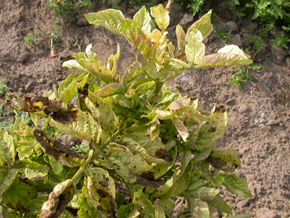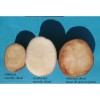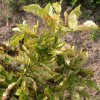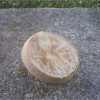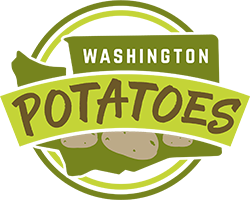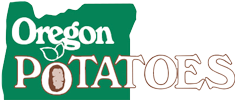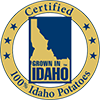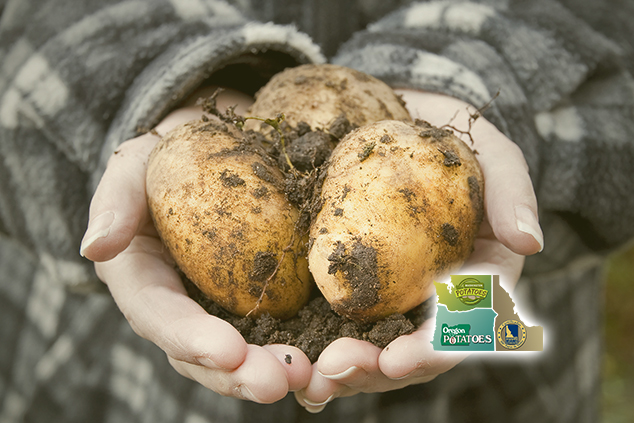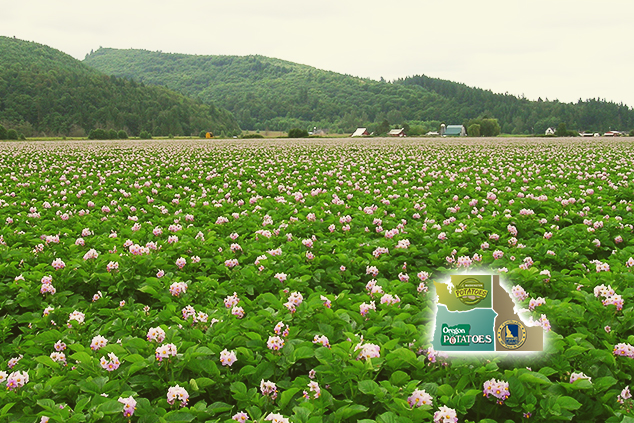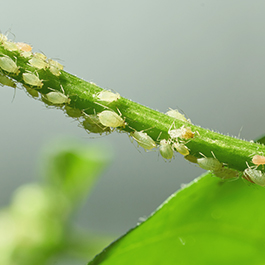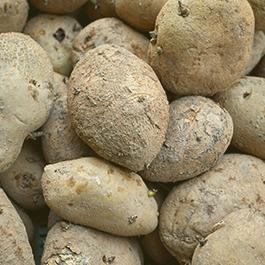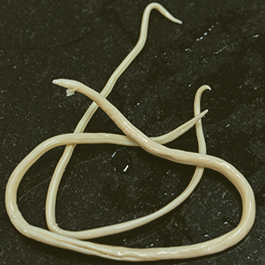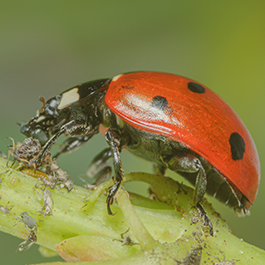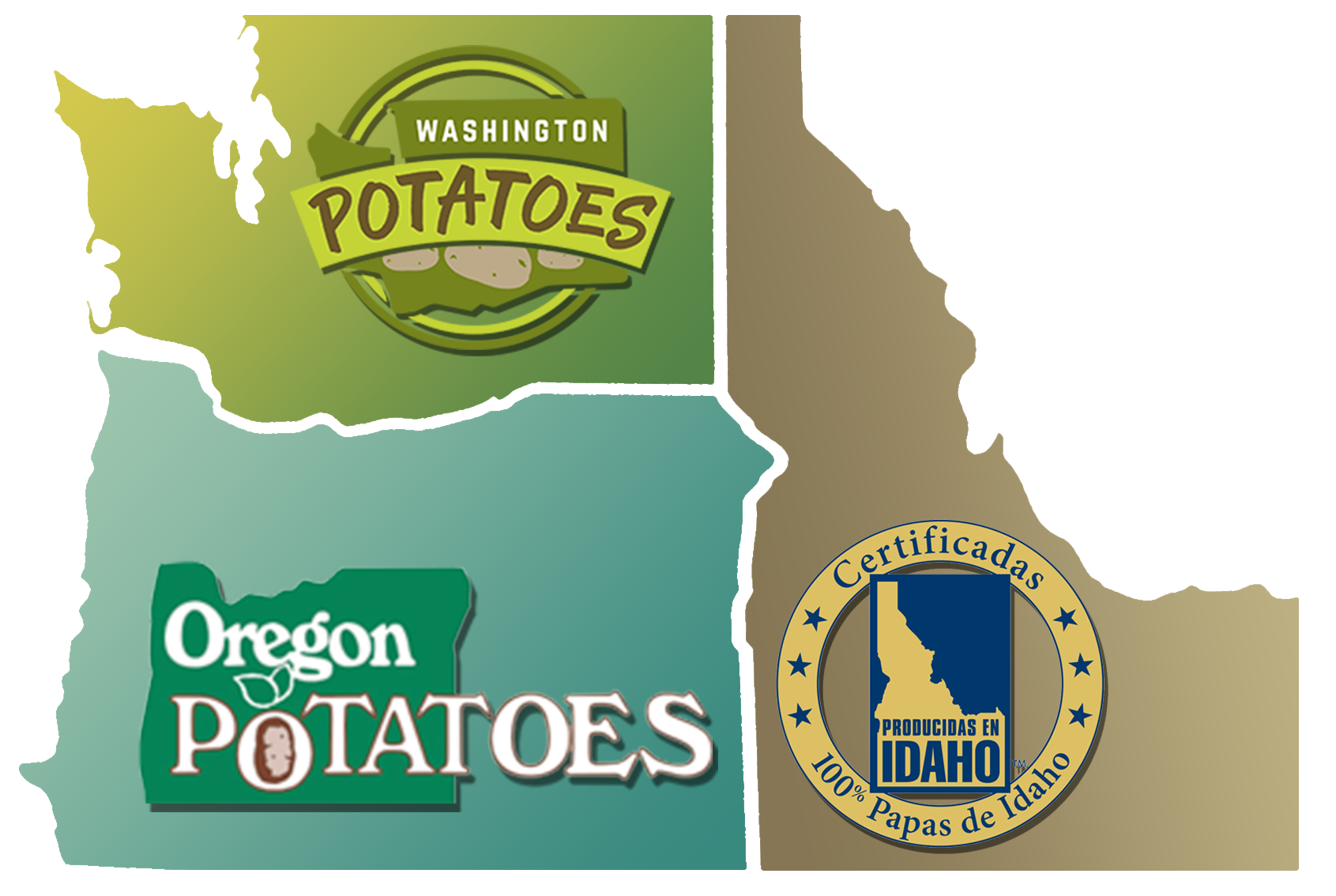Zebra Chip (ZC)
After being restricted mostly to Texas and neighboring states, the pathogen causing zebra chip (ZC) of potato was established in the Northwest in 2011. A bacterium known as Candidatus Liberibacter solanacearum, the ZC pathogen is transmitted to potato exclusively by the potato psyllid (Bactericera cockerelli), and cannot be cultured outside of its insect and plant hosts. Symptoms of ZC in the foliage are similar to other diseases such as purple top caused by phytoplasmas, and PLRV. Infected plants usually decline quickly. Tuber symptoms are various stripes and dark markings that become more distinct upon cooking. To date, the main management method for ZC is scouting for, and management of, potato psyllid.

